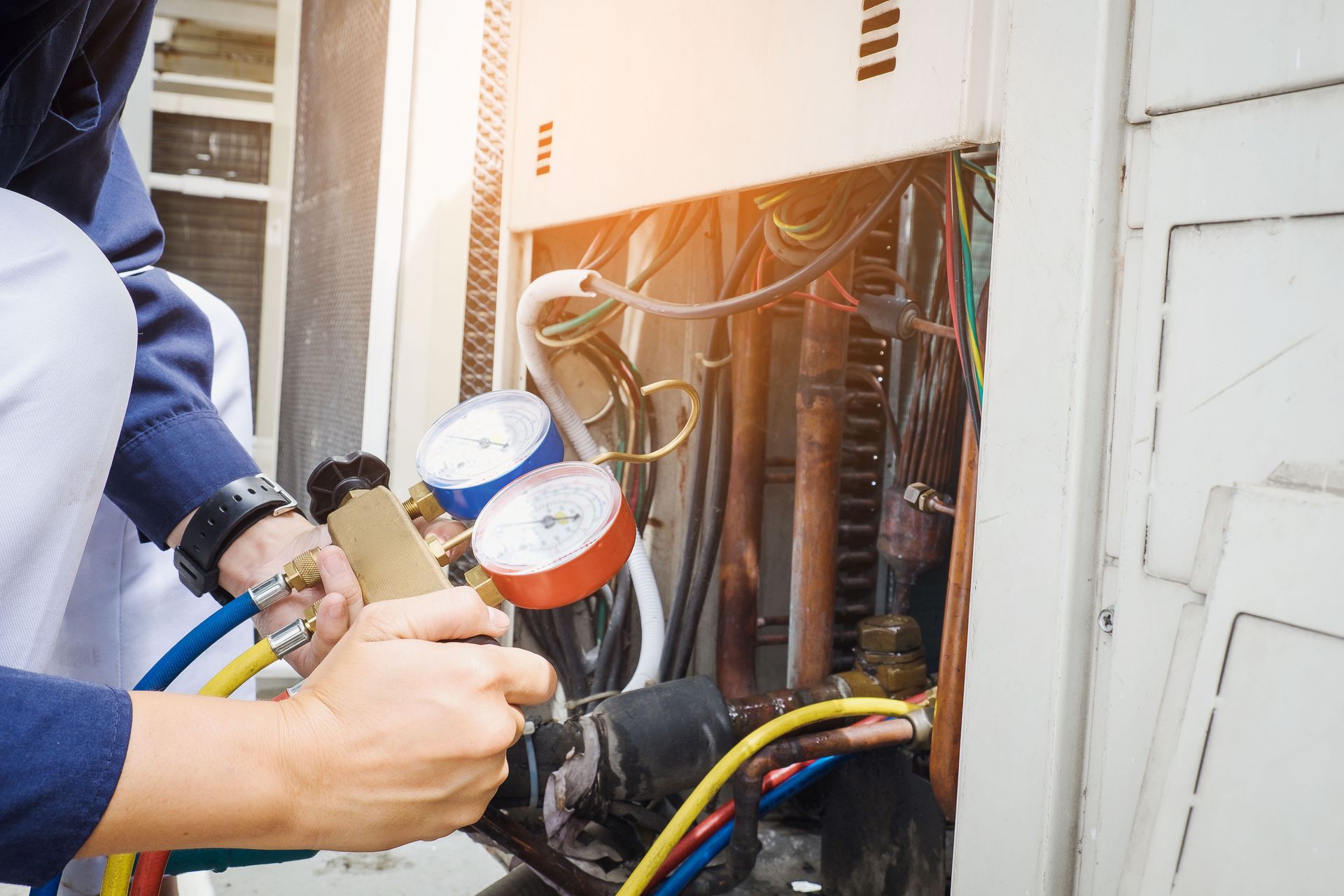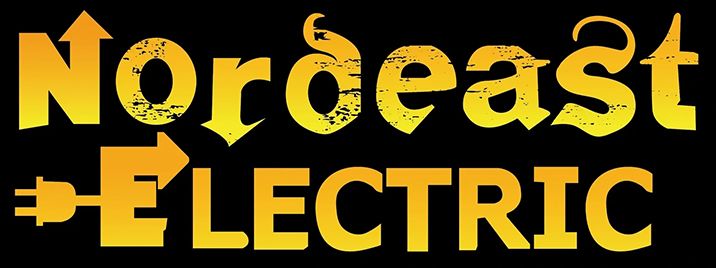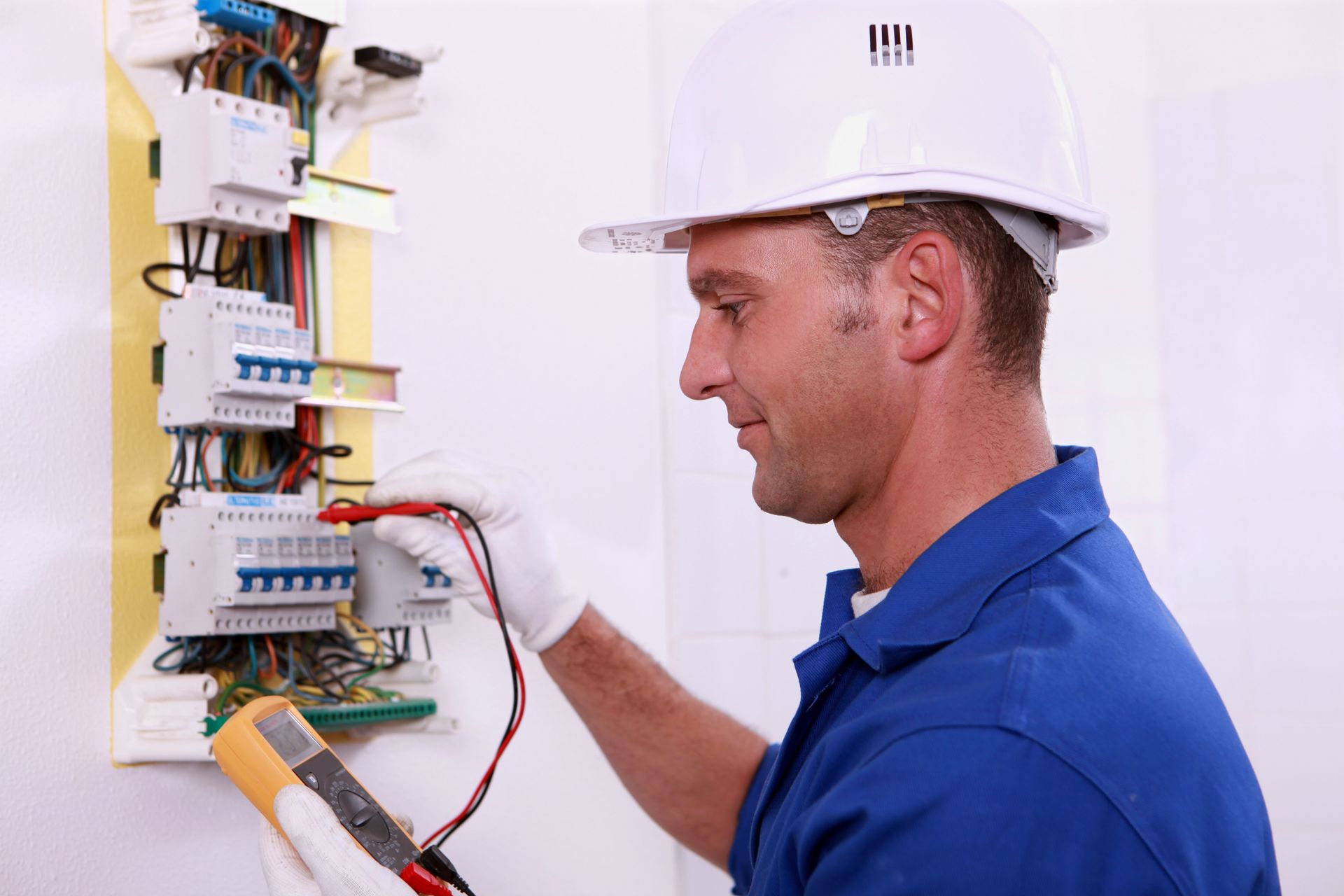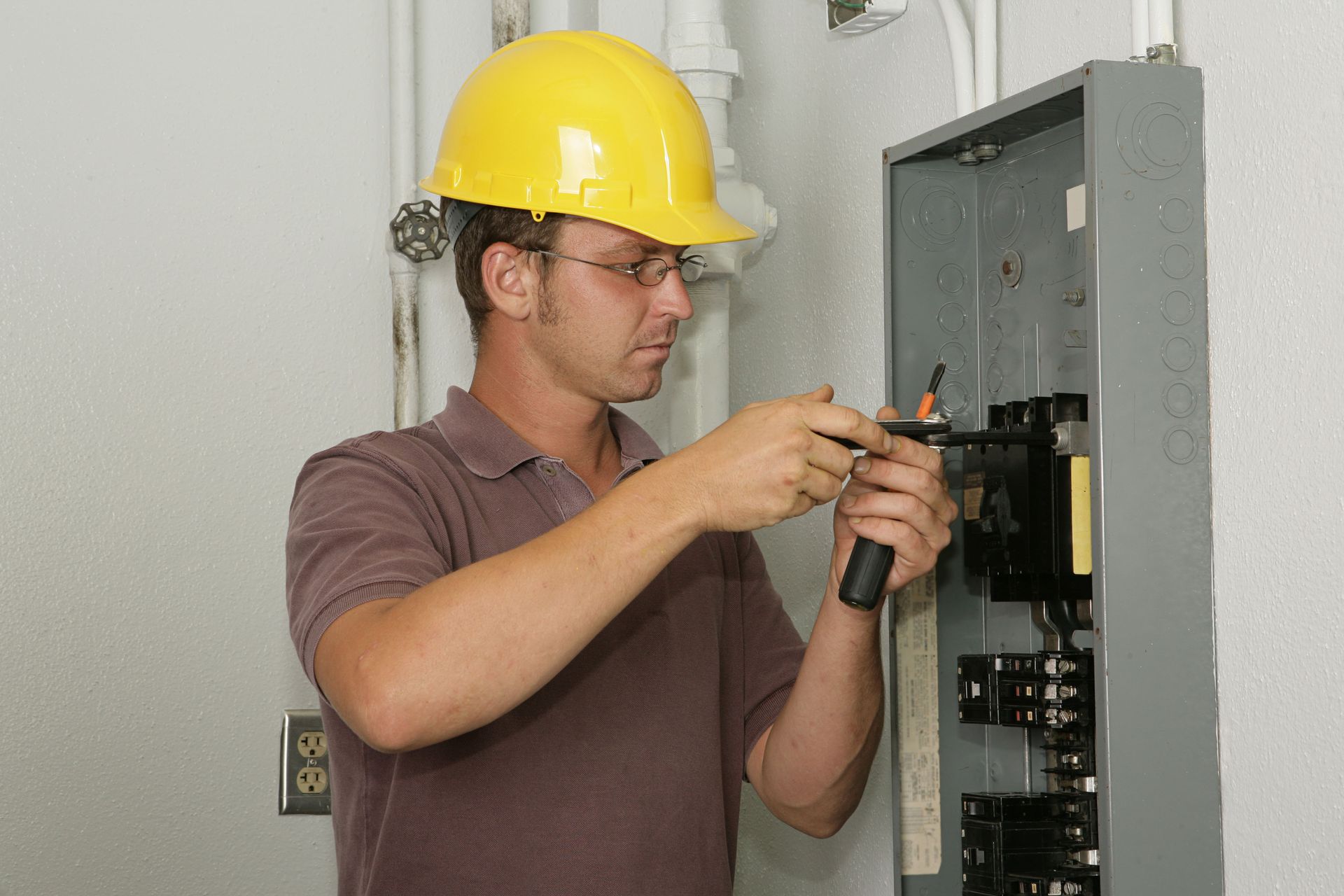The Ultimate Electrical Panel Upgrade Checklist
In today’s modern world, the electricity demand has never been greater. Upgrading your electrical panel is not just an option; it's a necessity to ensure safety, efficiency, and compliance with current electrical standards. A robust electrical panel manages your home's electricity safely, stands the test of high power demands, and ensures that your electrical systems are running smoothly. Ignoring the need for an upgrade could lead to potential hazards, including fires, electrical shocks, and even home insurance issues. Therefore, understanding the significance of electrical panel upgrades is the first step towards a safer and more efficient home.
Assessing Your Current Electrical Panel
Identifying the Age of Your Panel
The age of your electrical panel is crucial in determining whether it needs an upgrade. Older panels, often installed decades ago, might not accommodate the modern appliances and gadgets we use today. Regularly assessing the age of your electrical panel can help you avoid failures and plan for timely electrical panel upgrades.
Reviewing Electrical Load Demands
Assessing your electrical panel's ability to meet your home's current load demands is essential for safety and efficiency. Modern households contain numerous electronic devices, each requiring electricity to operate, which older panels may not support. Evaluating load demands involves checking the number and type of appliances connected to your system. A mismatch between your home's power demand and the panel's capacity can lead to frequent breaker trips and potential overloading. By reviewing your electrical load demands, you know when it's time to consider an electrical panel upgrade to a higher capacity panel.
Selecting the Right Type of Panel
Differencing Between Fuse Boxes and Circuit Breakers
Choosing between fuse boxes and circuit breakers can significantly impact the functionality of your electrical system. Fuse boxes, though less common today, offer basic protection by breaking the circuit if overloaded. On the other hand, circuit breakers provide more sophisticated protection by automatically tripping to prevent electrical flow in unsafe conditions. Circuit breakers are easier to reset and offer more control, making them a preferable choice for most modern homes. Understanding these differences is crucial for selecting the appropriate panel type and planning proper electrical panel upgrades.
Choosing Between Indoor and Outdoor Panels
The choice between indoor and outdoor electrical panels primarily depends on convenience, accessibility, and local regulations. Indoor panels are typically installed in utility rooms or garages, offering protection from weather-related elements. However, outdoor panels provide more convenient access for utility personnel and ensure your home’s interior aesthetics remain undisturbed. Both types require specific safety features, such as proper enclosures, to prevent moisture or tampering. Thoroughly understanding the advantages and constraints of each can guide you in making an informed decision about electrical panel upgrades.
Evaluating Brand and Quality Options
The market offers a wide range of electrical panel brands, each varying in pricing and quality. Selecting a reputable brand ensures that your panel meets safety standards and optimum performance criteria. High-quality panels generally come with reliable warranties and support, providing you with peace of mind knowing your electrical system is trustworthy. Cost should not outweigh quality, as compromising on quality might lead to future repairs and hazards. Evaluating different brands and quality options is an important step in securing long-lasting electrical panel upgrades.
Preparing for the Upgrade
Hiring a Qualified Electrician
Emphasizing safety, expertise, and reliability, hiring a qualified electrician is pivotal in the panel upgrade process. Professional electricians are knowledgeable about up-to-date safety standards and local building codes, ensuring your upgrade complies with regulations. An experienced electrician can navigate potential challenges during installation, preventing costly mistakes and hazards. Proper vetting of a potential electrician, such as checking licenses, certifications, and reviews, is necessary to ensure quality workmanship. By hiring a qualified electrician, you safeguard your home and ensure a seamless transition during electrical panel upgrades.
Planning the Upgrade Schedule
Coordinating a successful electrical panel upgrade requires strategic scheduling that minimizes disruptions and optimizes efficiency. Engaging with your electrician early in the planning stages allows for effective time management, accommodating your schedule and any regulatory timelines. Downtime is inevitable during installation; planning around it ensures that the process advances smoothly without significant interruptions to your daily operations. Furthermore, an organized timeline assists in foreseeing potential delays arising from material shortages or unforeseen technical challenges. Proper schedule planning ensures an orderly, hassle-free installation process.
Reviewing Panel Installation Process
Reviewing System Shut-Down and Safety Precautions
Before the installation of a new electrical panel begins, undertaking a comprehensive system shutdown is paramount in ensuring safety. Without the proper procedures in place, there is a heightened risk of electrical injuries, which, according to the National Center for Biotechnology Information, include flash and true electrical burns. Communicating the shutdown timeline to household members mitigates risks during the period of disconnection. Additionally, ensuring all devices are disconnected protects them from potential power surges post-installation. Following rigorous safety precautions is vital in preventing injuries and ensuring the process proceeds efficiently and with minimal risk.
Dismantling the Old Panel
The first hands-on step in upgrading your electrical panel involves safely dismantling the old one. This process entails disconnecting all power supplies to the existing panel while ensuring wires are appropriately labeled for future reconnections. Dismantling must only be undertaken by a qualified professional, given the risks involved with electrical systems. The removal process offers a chance to inspect underlying wiring for signs of wear or damage, which, if present, may require further intervention. Successfully removing the old panel requires precision and expertise, laying the groundwork for new electrical panel upgrades.
Reviewing Post-Installation Practices
Conducting Routine Maintenance
Routine maintenance serves as a preventive measure, prolonging the longevity and enhancing the safety of your electrical panel. This includes periodic inspections for signs of wear, such as rust or corrosion, which may compromise the panel's reliability. Cleaning the panel area and keeping it free of obstructions reduces the risk of hardware problems and keeps the system efficient. Components like breakers may require occasional replacements, ensuring they function optimally. Proactive maintenance helps address issues before they worsen, ensuring your electrical system runs safely and efficiently. According to the National Center for Biotechnology Information, there are four main types of electrical injuries: flash, flame, lightning, and true, each posing serious risks if electrical systems are not properly maintained. Regular upkeep significantly reduces the likelihood of such hazards, protecting both property and personal safety.
Educating Household Members
Helping your household members understand the new panel’s features and the importance of safety is crucial after installation. This can involve tutorial sessions on how to handle potential issues, such as tripping breakers, and recognizing signs of trouble. Emphasizing respectful and careful interactions with electrical components reduces potential mishandling and possible accidents. Furthermore, educating them on emergency procedures and energy-saving tips ensures preparedness while optimizing electrical use. An informed household ensures both safety and efficiency, reinforcing the successful implementation of the panel upgrade.
Scheduling Regular Safety Inspections
Foreseeing regular safety inspections helps maintain peak performance for your newly upgraded electrical panel. Electrical systems can adapt and change over time, necessitating professional evaluations to confirm ongoing safety and compliance. Scheduled inspections uncover hidden issues prematurely, reducing the risks of hazardous incidents such as electrical fires. Additionally, inspections ensure that your system conforms to up-to-date building codes, maintaining your home’s insurance validity. Secure your home and its inhabitants by arranging ongoing safety assessments following your panel's upgrade.
Upgrading your electrical panel is a vital step toward ensuring a safe, efficient, and modern home electrical system. By addressing the need for increased capacity, improved safety, and regulatory compliance, a new panel protects your property and its inhabitants from potential hazards. These electrical panel upgrades not only reduce fire risks and enhance convenience but also add property value and energy savings. Contact Nordeast Electric today to schedule your panel upgrade and keep your home running safely and efficiently.





Share On: